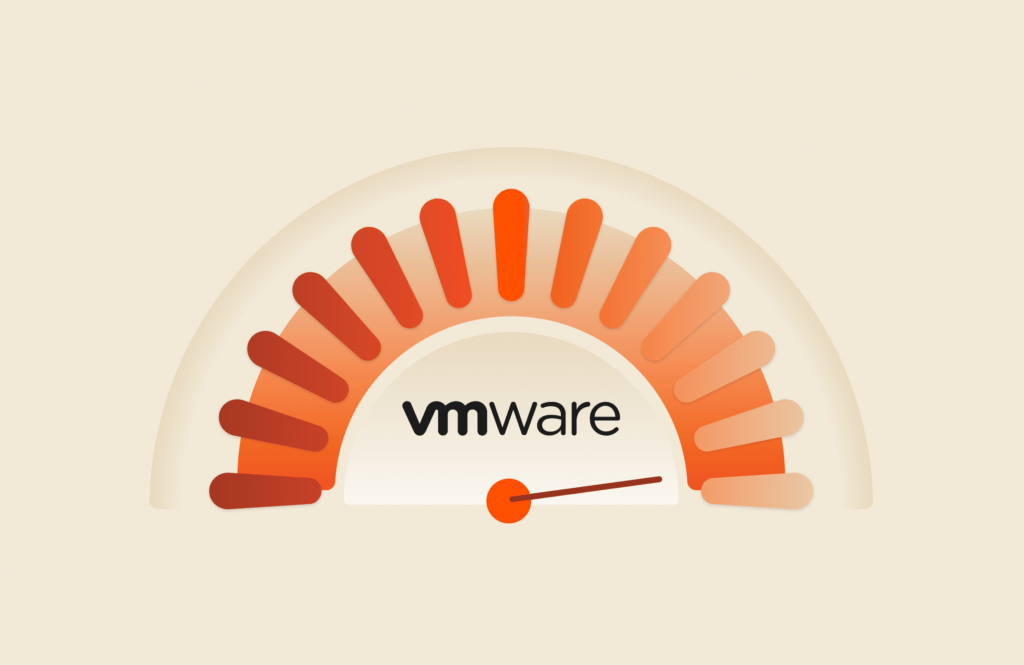Recently I was looking at a customer config who had stale entries in /etc/fstab for filesystems that were no longer valid and for some reason he had to reboot the box. After the reboot, the Linux machine ended up in the single user mode and the fsck(1) complained about missing UUID (of the missing filesystems; the actual message was <enter the root password to get into shell prompt or press ctrl-d to reboot>). We were breaking our head how to get over this and get on with the boot process. The problem was that the root (/) filesystem was mounted read-only and we couldn’t really edit the /etc/fstab to remove the stale entries (The best idea is remove the entries soon after removing/deleting the LUN but oversight can happen to anyone). How do we get the root filesystem to be mounted read-write to edit the /etc/fstab and remove the stale entries.
The following did the trick, we mounted the / in rw mode and edited the /etc/fstab and we were good to go.
In short this is what we did –
1. Mount / in rw mode
|
1 |
# mount -n -o remount,rw / |
2. Edit /etc/fstab (vi the file and remove stale entries)
|
1 |
# vi /etc/fstab |
3. Enter multiuser mode
|
1 |
# init 6 |
That’s it, we are back in business!



